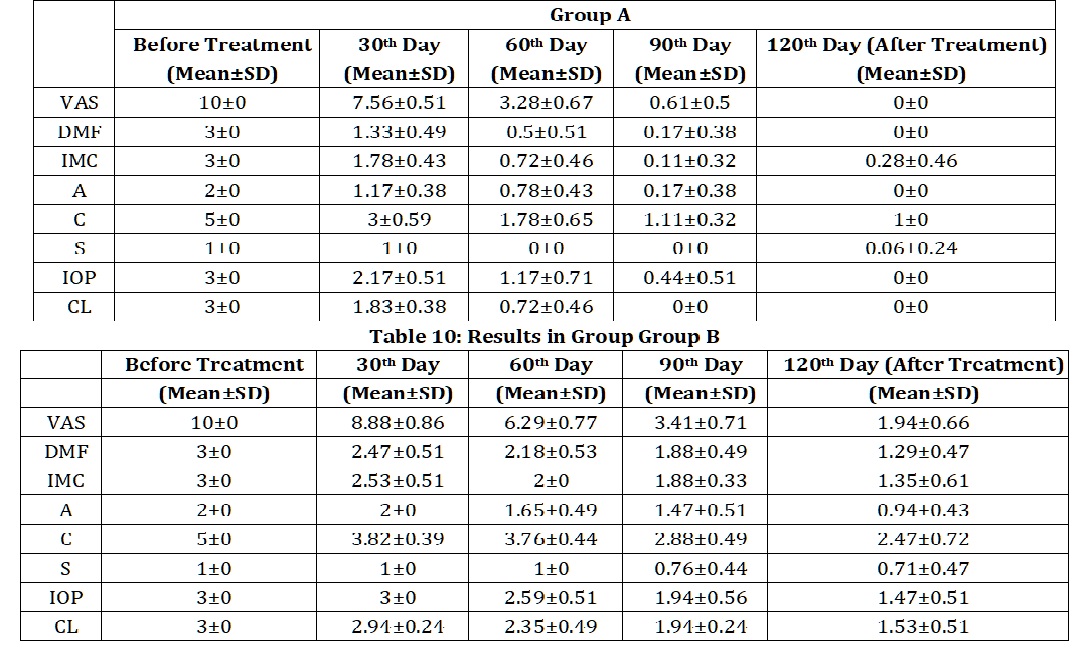A Comparative Clinical Study to Evaluate the Efficacy of Kushamoola and Bala Moola Churna in Raktapradara w.s.r to Dysfunctional Uterine Bleeding
DOI:
https://doi.org/10.47070/ayushdhara.v11i4.1684Keywords:
Raktapradara, DUB, Ayurveda, Kushamoola churna, Balamoola churnaAbstract
Raktapradara is a disease affecting the female reproductive system and manifesting as excessive bleeding per vagina. It is one of the major gynaecological issues associated with severe bleeding accompanied either with or no menstruation. This can be correlated to Dysfunctional uterine bleeding which is also called as abnormal uterine bleeding that presents without organic, systemic, and iatrogenic causes. Design: This was a randomized controlled comparative clinical study including 40 patients categorized into two groups as Group A and Group B. The present study evaluated the efficacy of Kushamoola churna and Balamoola mula churna with both subjective and objective parameters with 5 assessments as 1st day before the treatment, on 30th day after 1 month, 60th day after 2 months, 90th day after 3 months and the follow up was done on 120th day, 4th month. Intervention: Group A received Kushamoola mula churna 3gm with Tandulodaka anupana before food, thrice a day for 30 days from 5th day of the menstrual cycle in 3 cycles. Group B received Balamoola churna was with Sita and Tandulodaka as Anupana thrice a day 5th day of the menstrual cycle for 30 days in 3 cycles. Results: Both between and within groups with repeated measures analysis of variance (RMANOVA) with Bonferroni showed significant changes in Group A (Kushamoola churna) compared to Group B (Balamoola churna) on pain, duration of the menstrual flow, interval between the menstrual cycle, amount of menstrual bleeding loss, consistency of bleeding, staining, intensity of pain during menstruation and colour of menstrual bleeding with (p≤0.05). Conclusion: Kushamoola churna is effective compared to Balamoola churna in patients suffering from Rakta pradara.
Downloads

Downloads
Published
Issue
Section
License
Copyright (c) 2024 AYUSHDHARA

This work is licensed under a Creative Commons Attribution-NonCommercial-ShareAlike 4.0 International License.


